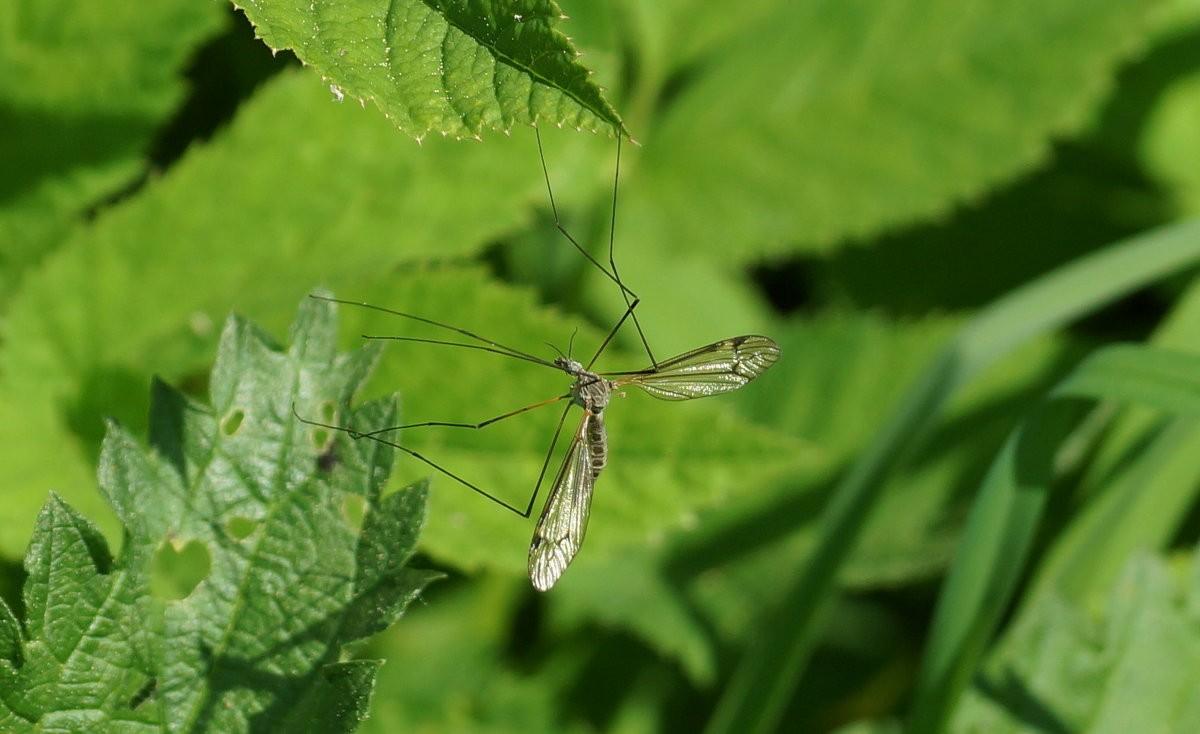
Jermuk Botched Mosquito Clean-UP Costs Taxpayers Millions
 Banned Insecticides Also Carelessly Used
Banned Insecticides Also Carelessly Used
By Artur Hovhannisyan
The Regional Governor of Vayots Dzor has allocated about 20 million AMD to fight mosquito infestation in the area around Jermuk. The winner of the tender was the RSA Ministry of Health’s Hygiene and Anit-Epidemic State Inspectorate; SNOC (State Non-Commercial Organization), with a bid of 19,786,300 AMD.
However, it turns out that the Regional Administration offered no official expert definition of the problem when it drew up the technical specs and carried out the project. There was no mention of the estimated number of the mosquitoes, their type; or proof that they even existed. These “irregularities” translate into the fact the necessity to conduct an anti-mosquito project was never substantiated. They could have allocated millions of AMD with the same success for anti-mosquito campaigns in the outlying areas of practically all Armenian towns Furthermore, they conducted an anti-mosquito campaign in the past, without the proper authorization to use chemical and other biological agents. According to the implementation order, they used cypermethrin (an insecticide highly toxic to fish, bees and aquatic insects) and the toxins solfak, alfacron and chlorofos. Also in their arsenal of weapons were gasoline, diesel fuel, oil and an invasive family of fish known as gambusia. This minnow-like species was let loose in the area’s reservoirs and pools. What is interesting is that oil wasn’t envisaged for use in the technical specs. According to Ministry of Health Document HK/2254-10 of April 9, 2010, there are procedural irregularities in the technical specs. The use of oil, not envisaged by documentation, is perhaps an insignificant violation in comparison with another fact. There is the list of permissible chemical toxins compiled according to Directive 198 of the Ministry of Agriculture in 2003. The agent chlorofos is not included in this list. It is yet unclear what the impact of this toxic agent will have on the local water, soil and air, and, by extension, on the health of those who consume locally produced milk and meat. The fact that chlorofos was a banned toxin wasn’t taken into account by the Vayots Dzor authorities and it included in the list of materials to be used in the technical specs, as a condition of the tender bid. Furthermore, in the three documents for the delivery-acceptance of the work, the Regional Authority has considered the project using chlorofos as completed. 2.3 million AMD of chlorofos was purchased; a large expenditure for a banned insecticide. Also, by introducing the gambusia fish species into Vayots Dzor waters without proper study and permission, the “Law on Fauna” was also violated. According to a bulletin issued by the Director of The Institute of Hydro-ecology and Ichthyology of the National Academy of Sciences of Armenia, gambusia fish is not native to Vayots Dzor waters, and thus its introduction there, without scientific substantiation and permission, contradicts the provisions relating to restocking and acclimatization as defined by the “Law on Fauna”. It also stated that the eco-system of the region was not conducive to the breeding of the fish According to the technical specs of the project, work was envisaged to take place over an area of 202 hectares and that it would take 1.7 million AMD to complete the job. Despite the size and scope involved, the work order states that the job was fully completed. This is a highly unrealistic appraisal, if not totally false. Work contracts to fight mosquitoes were signed with six individuals for a duration of six months; each received 100,000 in wages. From the execution orders we see that the SNOC that submitted the work order for the job organized the mowing of 52 hectares. Taking into account that the project’s technical specs planned for the mowing to take place in the four months of May to August, this works out to 13 hectares per month. At first glance, this information might seem extraneous, but… According to the documents presented, simultaneous to the mowing work, six others (including two women) carried out the rest of the project – digging of drains and streams, treatment of the soil with insecticides, releasing the fish, etc. This is far from believable and leaves the impression that, in certain aspects, the project was just for “show”; that it remained on paper or was executed in part only. I would tend to believe that readers will agree that the expenditure of 19.8 million AMD for a mosquito clean-up project on the outskirts of Jermuk that has been officially considered a failure, is a massive waste of taxpayers’ money. Add to this the fact that banned insecticides were used willy-nilly, and the picture of incompetence and unaccountability becomes bleaker yet.
 Videos
Videos Photos
Photos
Write a comment